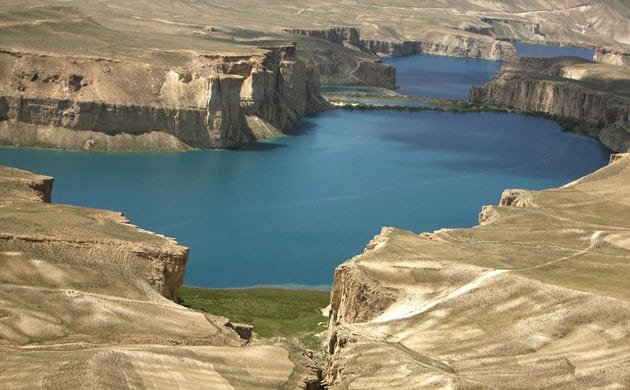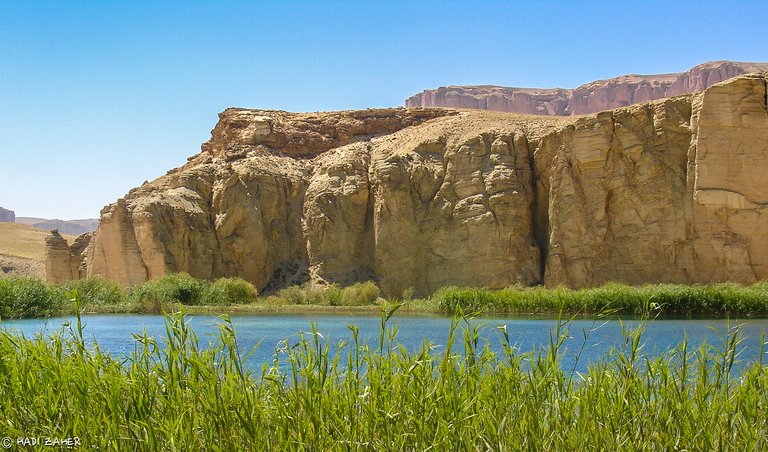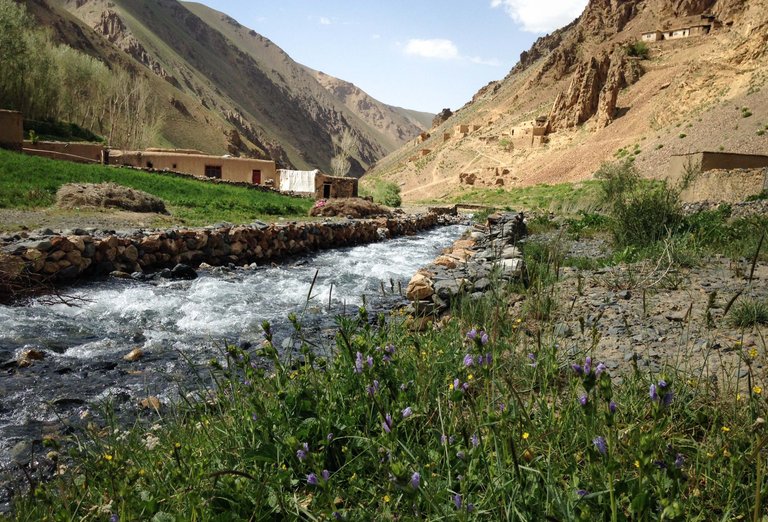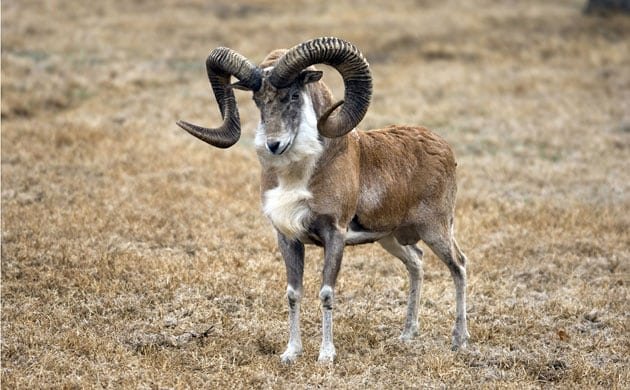Band-i-Amir is a natural dam which is located in the central Bamyan province of Afghanistan, where giant Buddha statue were destroyed by Taliban during their regime.
Band-i-Amir is a combined name, made of Band which means “dam” and Amir which is attributed to Amiralmomenin Ali, caliphate of Islam.

This dam is one of the most eye-catching places throughout the country. In 2009, National Environmental Protection Agency of Afghanistan temporarily named this place as “Afghanistan’s First National Park” and by the end of formal procedure, Afghan government permanently has selected mentioned name for this area.
This 62 acres area, Band-i-Amir, is made of seven small dams which are naturally has been separated from each other by massive calcium carbonate walls.

These small dams are called: Band-i-Paner, Band-i- Ghulamaan, Band-i-Poodina, Band-i-Zolfeqar and Band-i-Khayber. However no study has been conducted to figure out the dams’ depth yet, Band-i-Amir has 300 to 400 square meter depth, a local Afghan media wrote in a report.

There are three other spectacular places close to this dam, namely “Dare Shah Foladi”, “Dare Ajar” and “Dare Chaasht”.
Dare Shah Foladi is located at one of the highest mountains by the same name. This 450 square kilometers area has 300 species of plants and 100 species of animals, although, currently it is unknown that how many of them remained at the area.
Dare Ajar is 75 km far from the Bamyan’s center. Unfortunately we have very little information about it and one the other hand, no study has been done over Dare Chaasht likewise.

Habibullah and Mohmmad Zahir, Afghan kings, were among Afghanistan’s rulers who came to Bamyan for hunting and roaming the area.

Bamyan with predominantly Hazara ethnic population is one of the most beautiful provinces in Afghanistan. I can claim that this province is the safest place across the country; however Afghanistan faces with threat of numerous terrorist groups.
Annually, many local and foreign ski players go to this province during winter to enjoy its beautiful nature and its snow-covered high mountains of Hindu Kush.

Sort: Trending